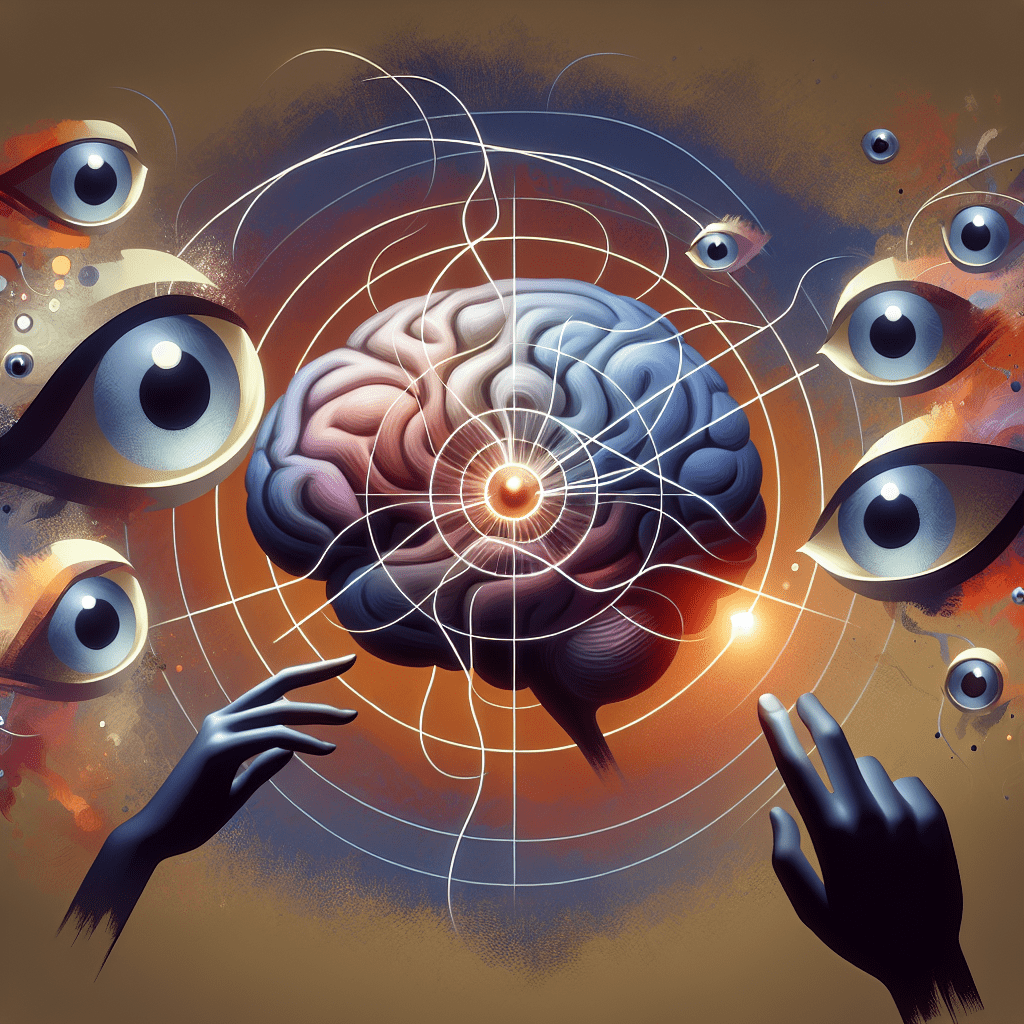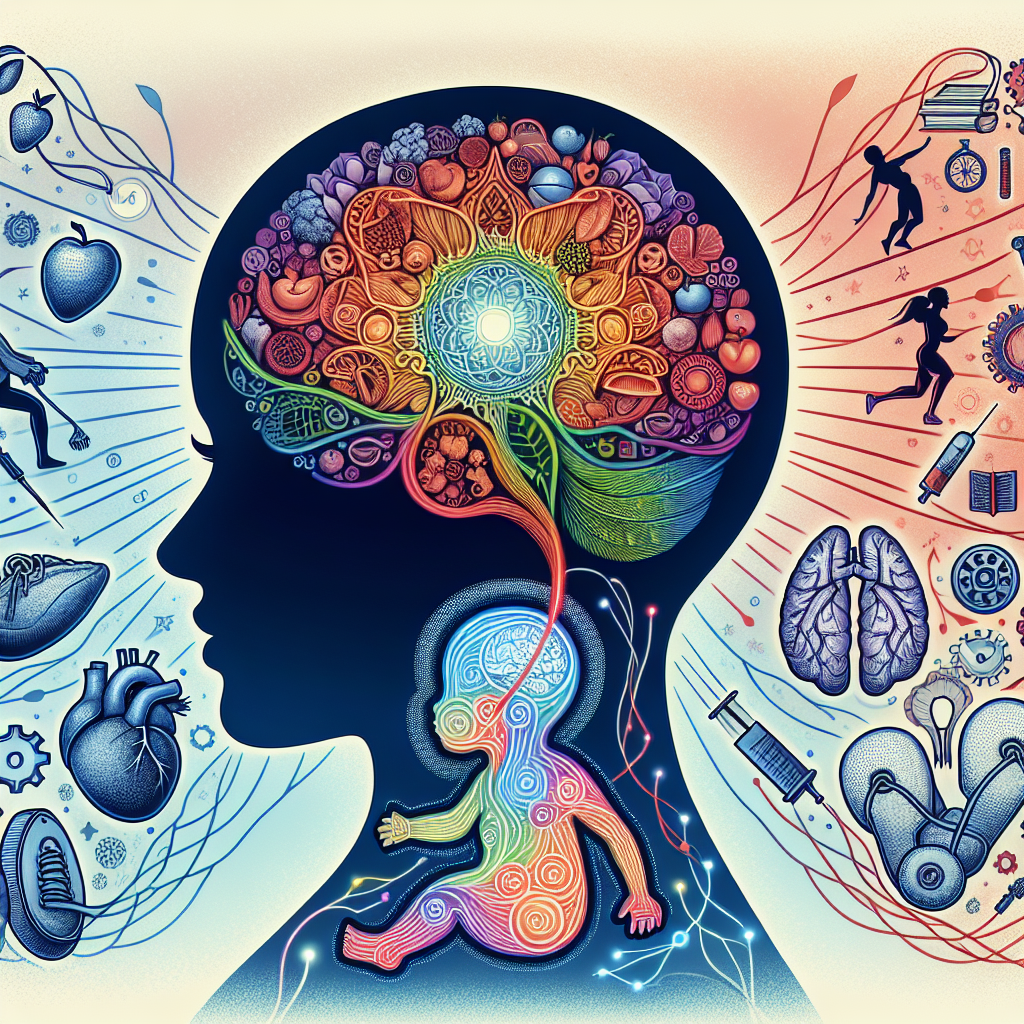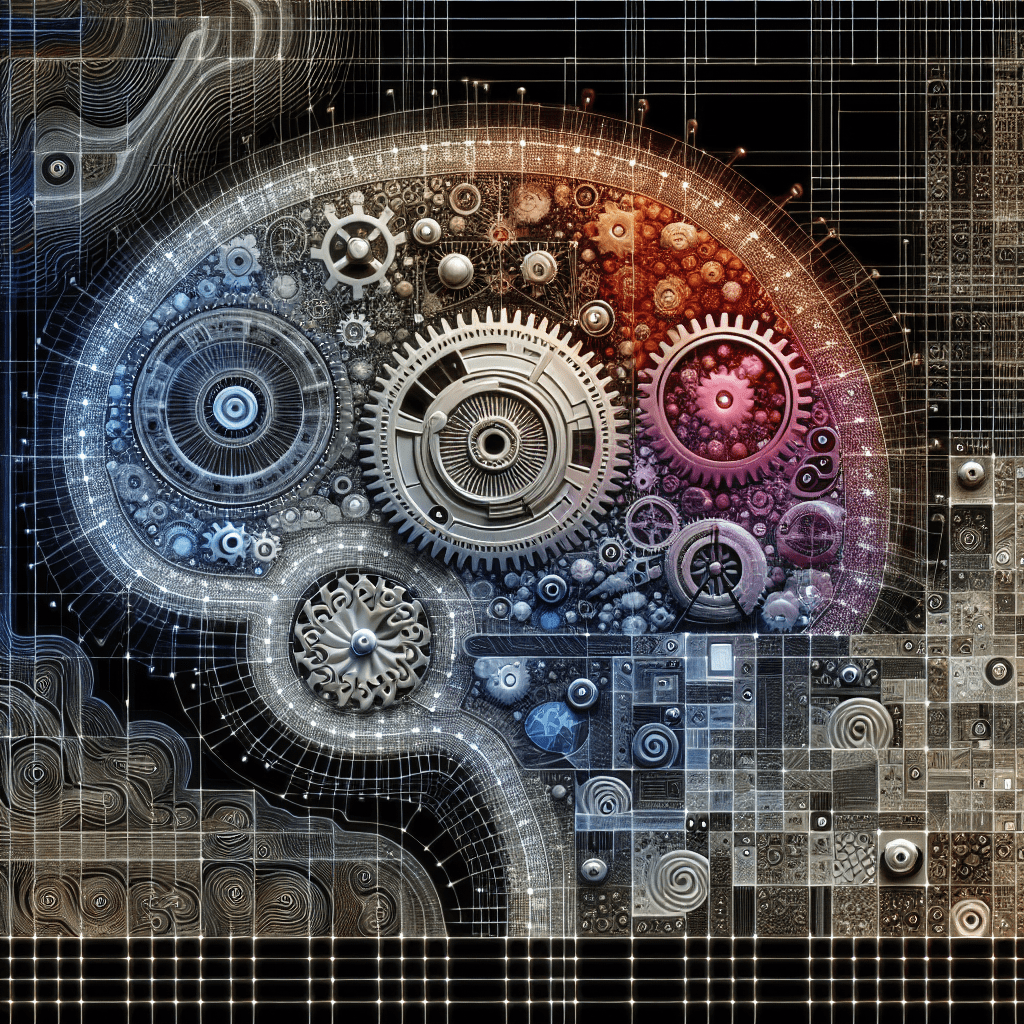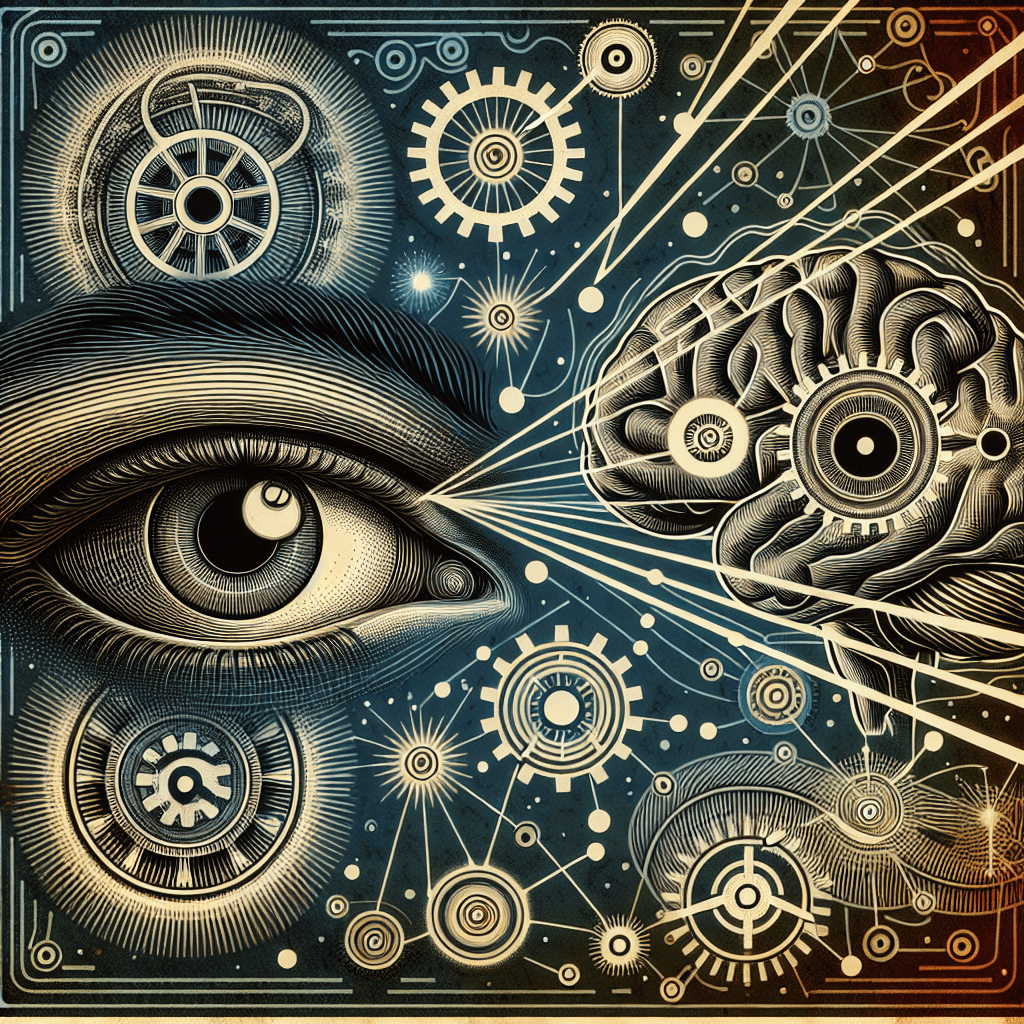Introduction: The Intriguing Dance of Eye Movement and Attention Imagine you’re in a bustling street market. Amid the kaleidoscope of colors, tantalizing smells, and the hum of conversations, you spot your best friend waving from a distance. Though your eyes are bombarded with stimuli, they swiftly focus on your friend’s face, filtering out the rest. […]
Tag: Brain electrophysiology

The Eyes Have It: How Our Brains React to Direct Gaze**
Introduction: The Power of Eye Contact Imagine walking into a room and feeling the distinct sensation of someone looking directly at you. It’s almost as if their gaze can pierce through the crowd, drawing your attention immediately. But have you ever wondered why eye contact feels so significant and why it plays such a crucial […]

Predicting Emotions: The Fascinating World of Multi-Sensory Mobility
Introduction: Navigating the Emotional Maze Imagine riding a personal mobility vehicle (PMV) through a labyrinthine indoor environment. As you glide along, your emotions ebb and flow, influenced by every twist and turn. Now, what if technology could read and predict those emotional changes in real-time, understanding your stress levels and adjusting the PMV’s performance to […]

Lighting up the Brain: Understanding Autism through Vision
Introduction Imagine if we could understand the brain’s complex wiring by merely watching how it reacts to a pattern of lights. This might sound like the realm of science fiction, but in reality, researchers are already using this type of brainwave analysis to unlock the mysteries of neurological conditions. One such study, Rapid and Objective […]

How a Mother’s Health Shapes a Child’s Mind: Exploring the Impact of Gestational Diabetes
Introduction: The Journey Begins Before Birth Imagine a tiny life, still in the womb, starting its journey with a blank slate, ready to absorb, learn, and grow in a world full of promises. However, what if this journey is influenced by factors long before the child sets foot in the world? The concept may seem […]

The Emotional Symphony Within: Exploring Age and Emotion in Picture-Free Viewing
Introduction: Journey into the Emotional Landscape Imagine flipping through a photo album filled with all sorts of images—beautiful landscapes, bustling cityscapes, heartwarming family moments, or routine afternoon snapshots. This ordinary activity reveals a fascinating insight into the human mind: Each picture can evoke a different feeling, a surge of emotions. But, how do these emotions […]

The Eyes Have It: Understanding Gamma Oscillations and Brain Responses to Eye Gaze
Introduction Imagine walking into a room and instantly sensing that someone is watching you. It’s almost uncanny how we can detect such subtle changes in our environment, but have you ever wondered how our brains manage this? It turns out, there’s a fascinating interplay of brain regions at work, especially when responding to eyes and […]

Exploring the Silent Minds: Understanding Perception and Language Processing in Non-Verbal Children with Autism
Introduction: Peeling Back the Layers of the Silent Minds Imagine trying to navigate the world where conveying your thoughts and feelings is like trying to communicate in a foreign language with no words. Such is the experience of many non-verbal or minimally-verbal children with Autism Spectrum Disorder (ASD), whose internal experiences remain locked away behind […]

Decoding Attention: How Adult ADHD Reveals the Mind’s Secret Workings
Introduction Imagine you’re driving a car. Most of the time, everything runs smoothly—you accelerate when needed, brake when necessary, and navigate turns with ease. But what happens when the road suddenly becomes chaotic? You might notice slower reaction times or missed signals. Now, think of this in terms of your brain on a daily basis. […]

Understanding Little Minds: How Brain Signals in Preschoolers Predict Social Behavior
**Introduction** Have you ever wondered what’s happening in a preschooler’s mind when they choose to play in the sandbox all alone or join the group activity with other children? Just like adults, preschoolers exhibit signs of approach and avoidance, which are ways their brain processes behaviors towards others. But what exactly is at work here? […]
